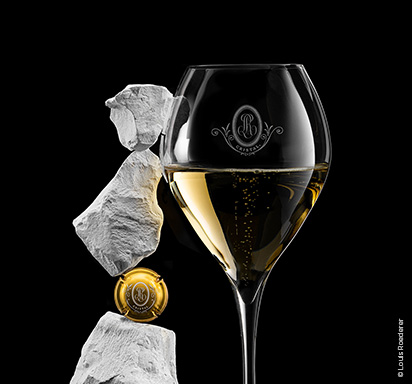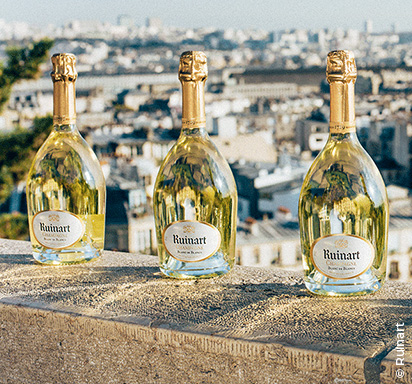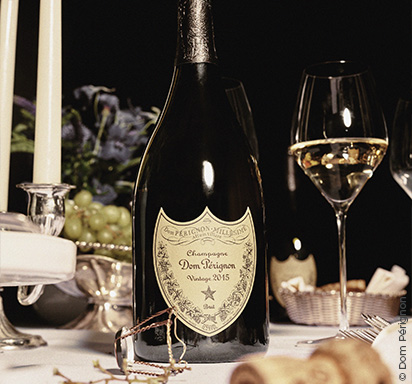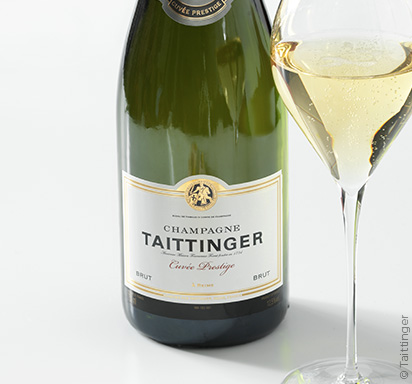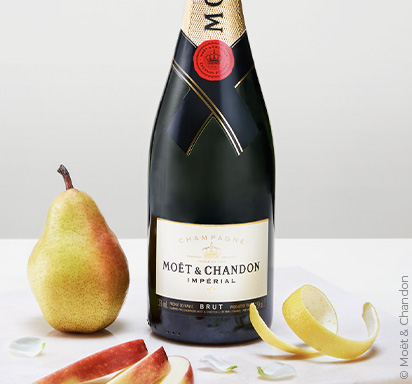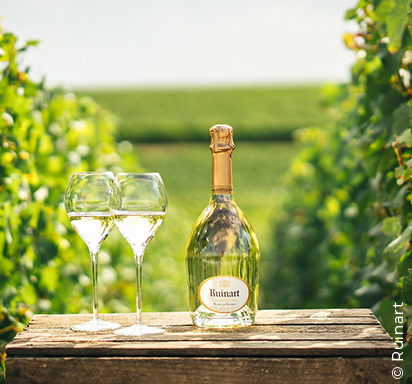Dom Pérignon: Secrets of a Legendary Vintage Champagne

Explore the story of Dom Pérignon, the iconic vintage Champagne. Learn what makes it legendary: Grand Cru vineyards, masterful blending, extended aging, and a signature style that defines luxury sparkling wine.
In the cool stone walls of the magnificent Abbey of Hautvillers, a name would forever mark the history of Champagne: Dom Pérignon. Discover the fascinating story of this iconic and world renowned wine.
8 Reasons Why Dom Pérignon Is Among the World’s Finest Champagnes
A pioneering house of the beloved Champagne method
Exclusively vintage cuvées, all symbols of excellence and craftmanship
Crafted from the most prestigious crus of the region
The art of blending, mastered by true virtuosos
Extended aging, far beyond the average aging period
Exceptional cellaring potential
A unique signature style, uniting finesse and roundness
Innovative releases exploring different stages of maturation and expression
Dom Pérignon: The Visionary Monk Behind the Myth
The story of Dom Pérignon spans nearly three centuries. Born in 1638 in Argonne, Pierre Pérignon could hardly have imagined that he would become known as the “spiritual father of Champagne.”
His journey began in 1668, when he assumed his role at the Abbey of Hautvillers, near Épernay in the heart of the Champagne region.
Responsible for managing the monastery and developing its vineyards, Dom Pierre Pérignon quickly stood out for his exceptional expertise. He crafted still wines from grapes grown on the “Mountain” and the “River,” tasting different crus and varietals to create subtle blends. Legend has it that he could recognize the typicity of each cru and classify them by harvest year. He also improved the quality of red wines and, with his delicate pressing of Pinot Noir, succeeded in making remarkable white wines.
Although he cannot be credited with the sole invention of Champagne, he devoted 47 years of his life to perfecting this precious nectar, becoming one of the great architects of the Champagne method. Just three years after his death in 1715, his name was celebrated in a 1718 treatise that read: “Never was a man more skillful in making wine; he gave great renown to the wines of this abbey.”
The first cuvée named Dom Pérignon appeared in 1921, under the Moët & Chandon Champagne House. Since then, these champagnes have become true legends.
A Distinctive Craft
What explains Dom Pérignon’s worldwide reputation and sets it apart from other champagnes? The answer lies in ten founding principles outlined in the Dom Pérignon Manifesto, which guides every step of its creation.
A Vintage-Only Champagne
The first principle: Dom Pérignon is always vintage. This sets it apart from most Champagne producers, who primarily offer “BSA” (Brut Sans Année, or non-vintage brut). Non-vintage cuvées express a house’s consistent style, regardless of harvest year.
By producing only vintage champagne, Dom Pérignon upholds the highest standards without compromise.
Vintage champagnes are seen as prestigious because they are crafted from grapes harvested in a single, exceptional year. Each vintage has its own unique identity, expressing the terroir and aromatic richness of that year. They also age longer in cellar, gaining complexity and remarkable longevity. Dom Pérignon vintages mature for longer than most classic vintage champagnes, delivering wines of exceptional depth.
The Finest Crus of Champagne
Every year, the Dom Pérignon Cellar Master starts with a blank page to create a new vintage. His mission: maintain the house’s iconic style while revealing the personality of that year.
This is made possible by an extraordinary vineyard. Dom Pérignon has access to 1,200 hectares of vines, including 600 hectares classified exclusively as Grand Cru and Premier Cru. From the Montagne de Reims to the Côte des Blancs, and the Vallée de la Marne, these prestigious terroirs provide the diversity needed to craft unique expressions.
The Art of Blending
Another cornerstone of Dom Pérignon is its blending. No single-varietal cuvées are produced; instead, the Chef de Caves combines Pinot Noir and Chardonnay to achieve a perfect harmony.
From vineyard to cellar, blending is at the heart of the winemaking process, ensuring that each vintage embodies both the identity of the year and the timeless Dom Pérignon signature style.
Extended Aging for Excellence
Time is a key ingredient. Dom Pérignon champagnes undergo slow, extended maturation, which builds aromatic complexity and texture.
While preserving freshness, aging enhances depth and develops the signature saline minerality that defines the house style. The Chef de Caves acts as an architect, envisioning how each element will evolve in 5, 10, or even 15 years.
Behind the Scenes: Master Craftsmen
Richard Geoffroy – 28 Years of Mastery
For nearly three decades, Richard Geoffroy was the Cellar Master at Dom Pérignon (1990–2018). A physician and trained oenologist, he released 15 vintages and pioneered the concept of Plénitudes—champagnes revealed at different stages of maturation, allowing enthusiasts to experience their evolution over time.
Vincent Chaperon – Continuing the Legacy
On January 1, 2019, Vincent Chaperon succeeded Richard Geoffroy as Chef de Caves. Having joined the house in 2005, he participated in 14 harvests and worked closely with Geoffroy before taking the helm. Today, he carries forward the quest for excellence and innovation.
The Dom Pérignon Signature
The unmistakable style of Dom Pérignon defines its prestige:
On the nose: ripe fruit layered with subtle roasted and buttery notes.
On the palate: a silky, enveloping texture with roundness, finesse, and elegance.
Dom Pérignon offers three main expressions:
Vintage – the classic signature of the house.
Rosé – combining fruit freshness with the depth of fine wine.
Plénitudes – rare releases that reveal champagne at different stages of aging.
Rosé champagnes hold a special place in the Dom Pérignon identity, distinguished by their vinous structure, depth, and intensity.
Dom Pérignon: A Timeless Icon
More than champagne, Dom Pérignon is a legend. Each vintage is a journey through time and terroir, embodying centuries of craftsmanship. With its rare vintages, iconic style, and exceptional aging potential, Dom Pérignon continues to define the very essence of luxury champagne.
You may like
Explore the legacy of Louis Roederer Champagne since 1776. From Brut Premier to Cristal, crafted from Grand and Premier Crus in Reims, France, delivering elegance, refinement, and timeless luxury.
10/3/2025Uncover the allure of Ruinart Blanc de Blancs, crafted exclusively from Chardonnay. From sustainable vineyards to its refined flavor and iconic design, learn why this Champagne is a symbol of elegance and excellence.
1/16/2025Discover how to select the ideal Dom Perignon Champagne for any occasion. From top vintages like 2008 and Rosé to expert tips on serving and pairing, this guide helps you impress your guests with luxury champagne.
11/12/2024A symbol of delicacy, Maison Taittinger is one of Champagne's finest estates. Combining tradition and creativity, the family estate promises a sublime collection of exceptional champagnes.
8/30/2024Moët & Chandon, founded in 1743, is a leading champagne producer known for its rich history, unique terroir, and innovative spirit. Iconic cuvées like Moët Impérial highlight their commitment to excellence.
7/1/2024Maison Ruinart, founded in 1729, is the first Champagne house. Known for its elegant Blanc de Blancs and rosé cuvées, Ruinart ages its champagnes in historic chalk cellars, blending tradition with artistic innovation.
6/26/2024









